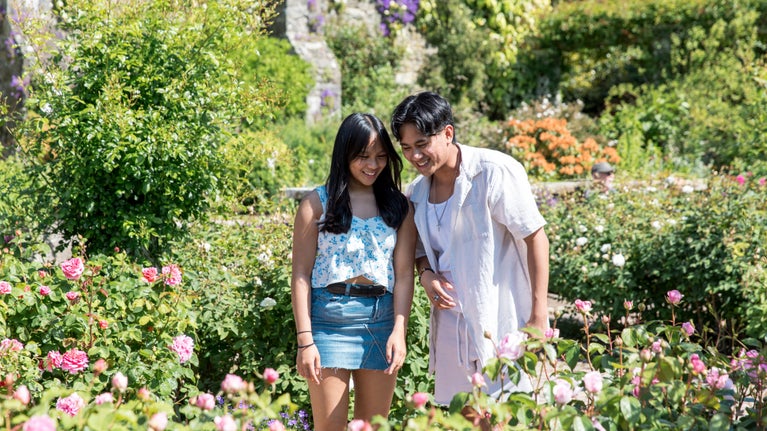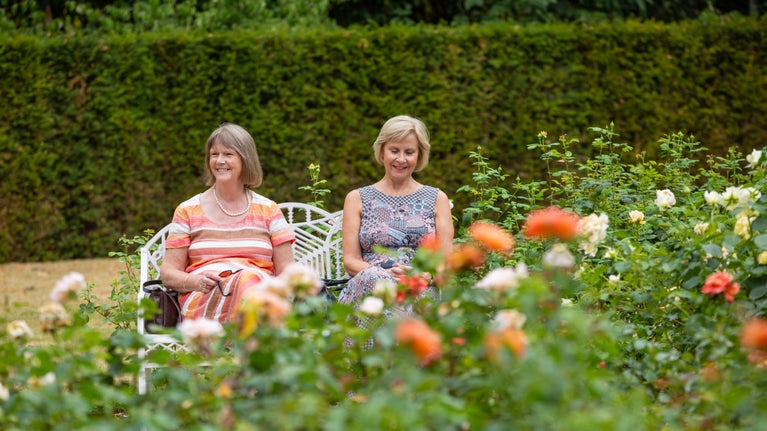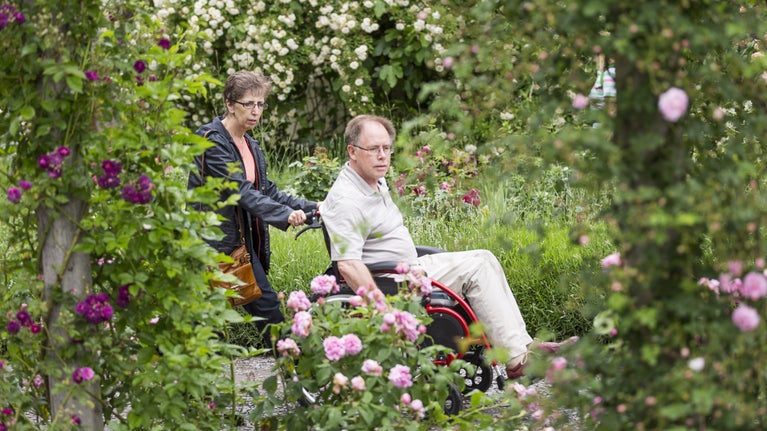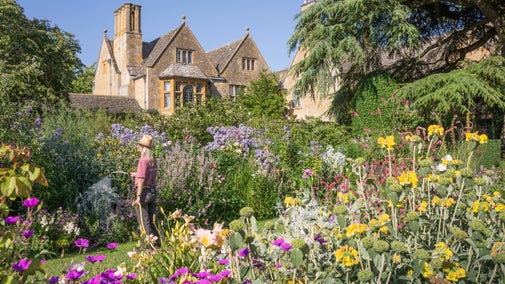
Explore gardens and parklands
We care for more than 200 gardens and parks. From kitchen gardens full of fruit and veg to historic parkland, there’s something for everyone.

Visit the best rose gardens and immerse yourself in summer colour. Whether they've been brought together in more formal gardens or planted throughout the grounds, many of the gardens at the places in our care are filled with blooming roses in shades of pink, red, yellow and orange.



We care for more than 200 gardens and parks. From kitchen gardens full of fruit and veg to historic parkland, there’s something for everyone.
The Arts and Crafts movement also influenced garden design, often using the idea of garden 'rooms' to bring the home outdoors. Discover the Arts and Crafts gardens in our care.

We care for hundreds of historic gardens, encompassing more than 500 years of history and a range of garden styles and fashions. Learn about the most famous and significant gardens you can visit.

Did you know that the ancient Greeks and Romans loved to grow roses? Discover the roots and symbolism of these much-loved flowers through the objects and art in our care.

Learn how to make your own rose arch from former Mottisfont head gardener Jonny Bass, plus an alternative for smaller gardens.
